During flight all crew members have one or more of the following symptoms .1 ? [ Exam pilot ]
Question 107-1 : Hypoxia glaucoma hypothermia hypoglycaemia
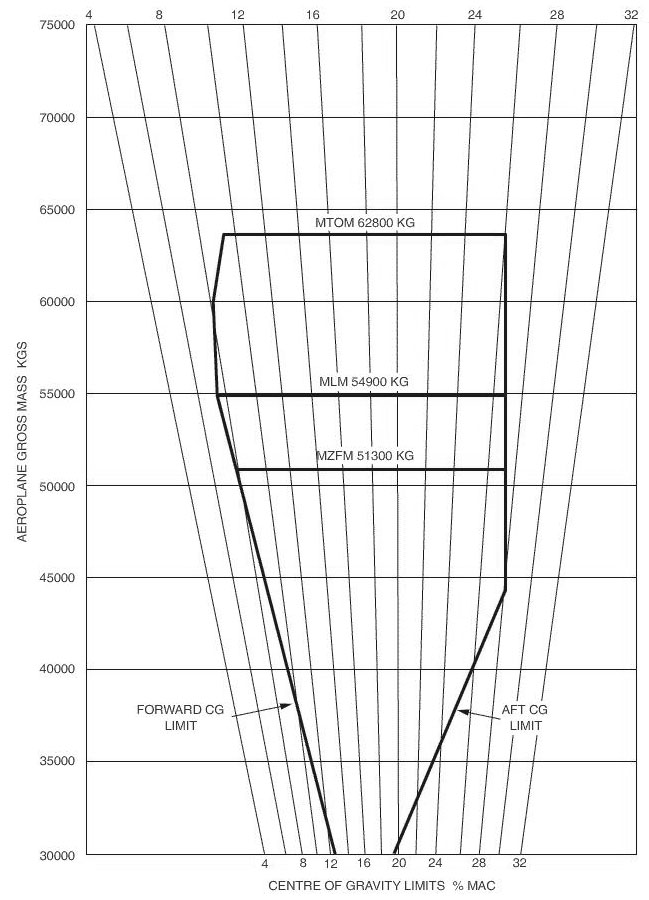 Hypoxia.
Hypoxia. Which measure s will help to compensate for hypoxia .1 descend below 10 000 ft ?
Question 107-2 : 1 2 and 4 are correct 1 2 and 3 are correct only 1 is correct 1 and 2 are correct 3 and 4 are false
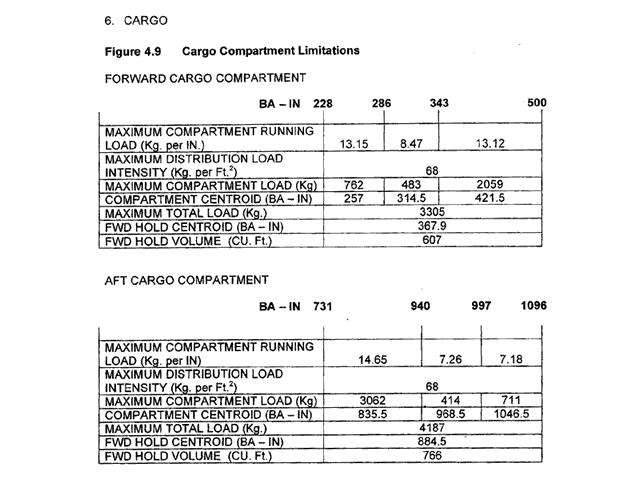 1, 2 and 4 are correct.
1, 2 and 4 are correct. Oxygen combined with haemoglobin in blood is transported by ?
Question 107-3 : Red blood cells platelets blood plasma white blood cells
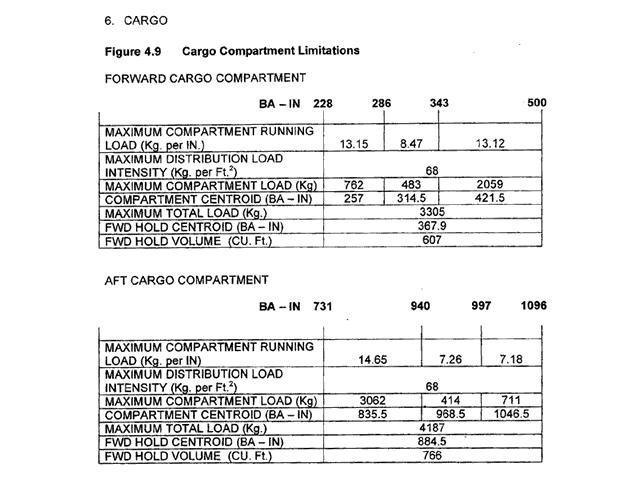 Red blood cells.
Red blood cells. Haemoglobin is ?
Question 107-4 : In the red blood cells in the platelets dissolved in the plasma in the white blood cells
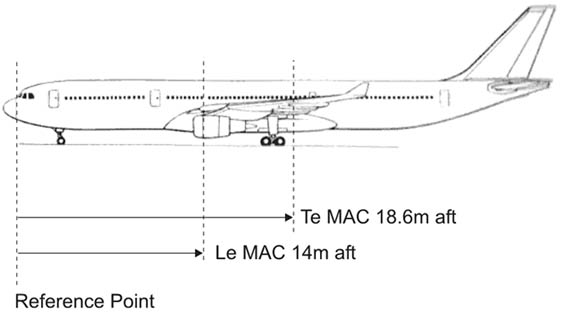 In the red blood cells.
In the red blood cells. The following course of action should be taken if gastrointestinal complaints ?
Question 107-5 : 2 3 1 2 4 1 4 1 3
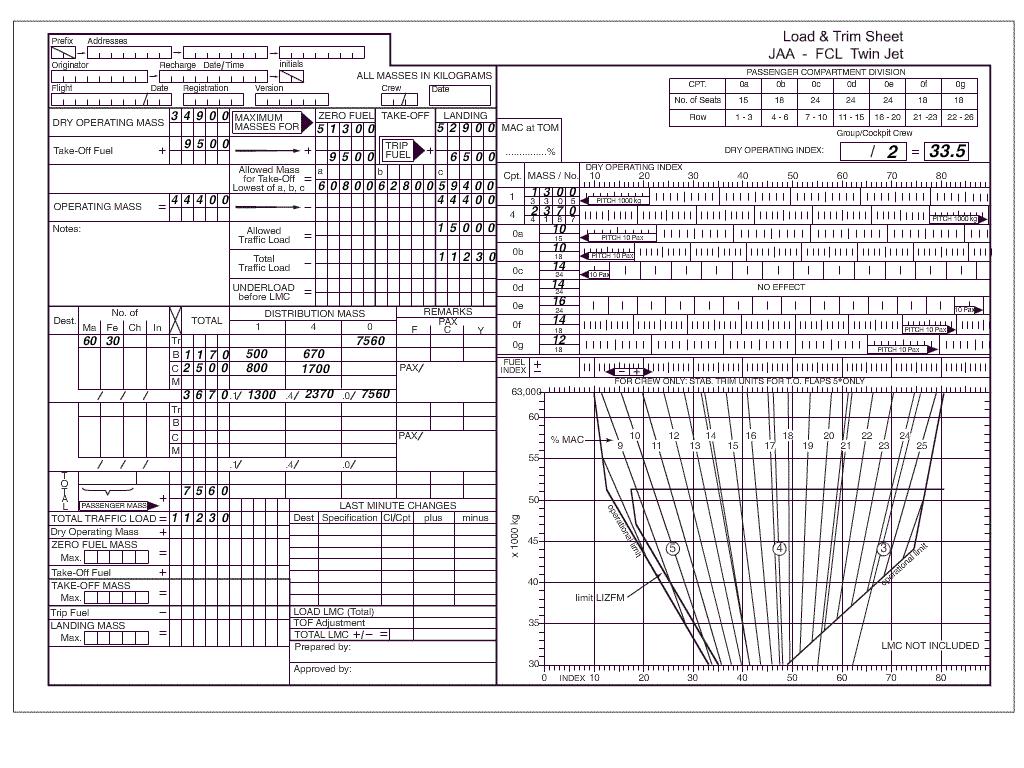 2, 3.
2, 3. Which of the following systems are involved in motion sickness .1 hearing.2 ?
Question 107-6 : 2 3 4 5 1 2 3 2 3 4 1 2 5
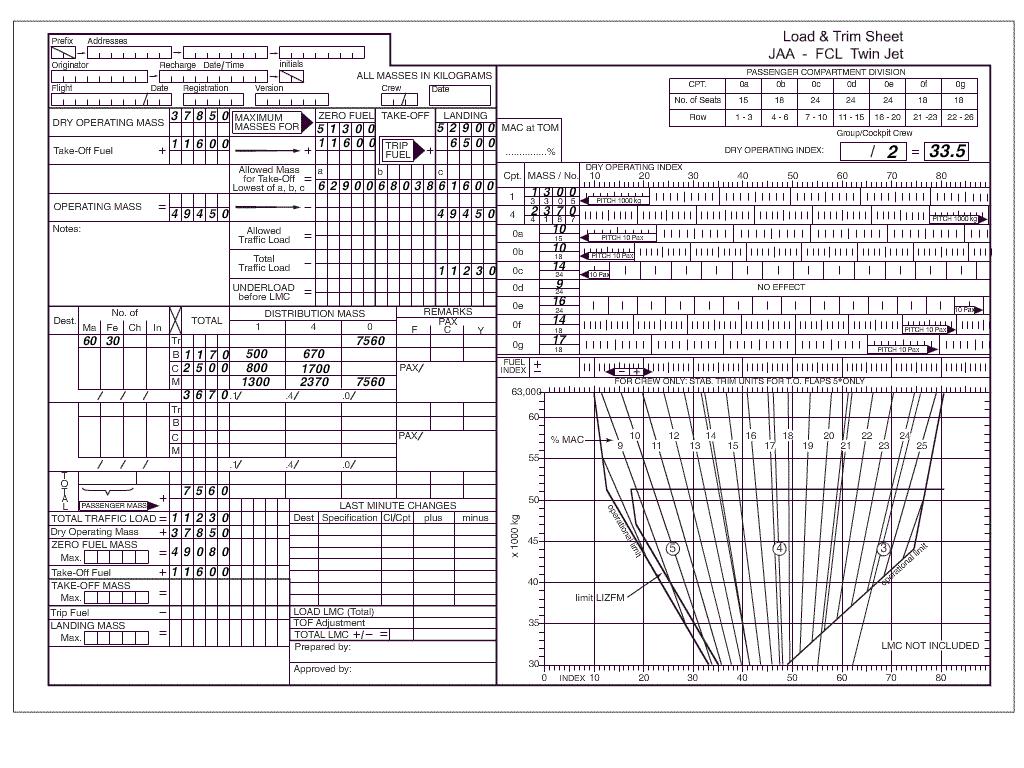 2, 3, 4, 5.
2, 3, 4, 5. In the absence of external reference points the sensation that the vehicle in ?
Question 107-7 : Illusion of relative movement autokinetic illusion cognitive illusion somato gravic illusion
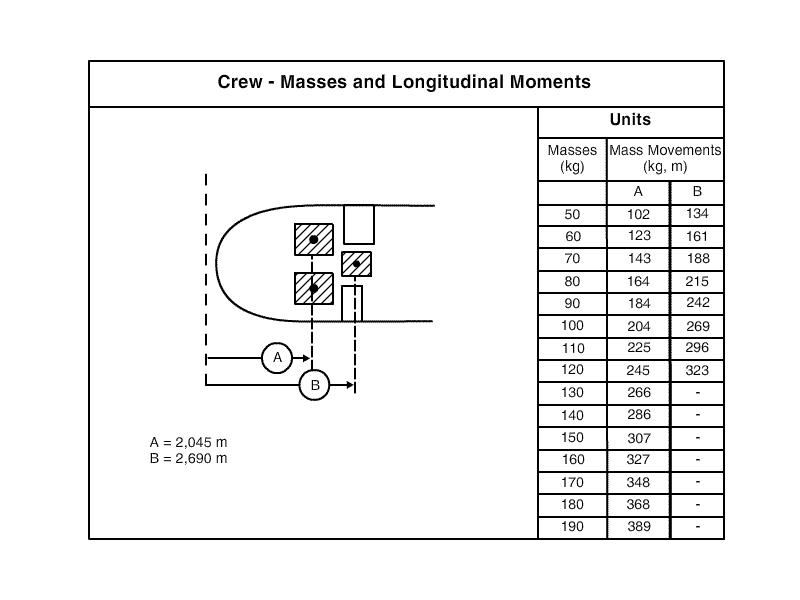 Illusion of relative movement.
Illusion of relative movement. Which of the following illusions are brought about by conflicts between the ?
Question 107-8 : 1 4 2 3 4 2 3 4
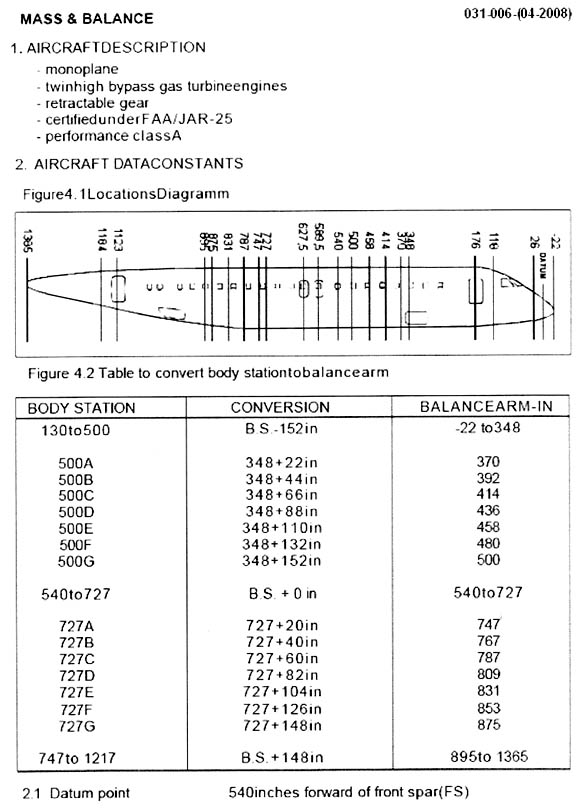 1, 4.
1, 4. The vestibular system is composed of .1 two ventricles.2 a saccule.3 a ?
Question 107-9 : 2 3 4 1 4 2 3 1 3 4
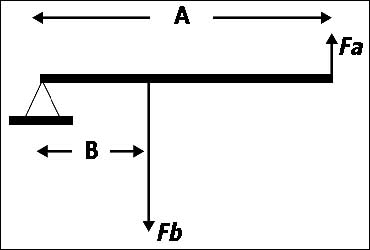 2, 3, 4.
2, 3, 4. Which of the following statement s is/are correct .1 the retina has rods on ?
Question 107-10 : 1 3 4 1 2 3
In order to perceive colour vision it is necessary .1 for there to be a ?
Question 107-11 : 1 1 2 3 2 4 3
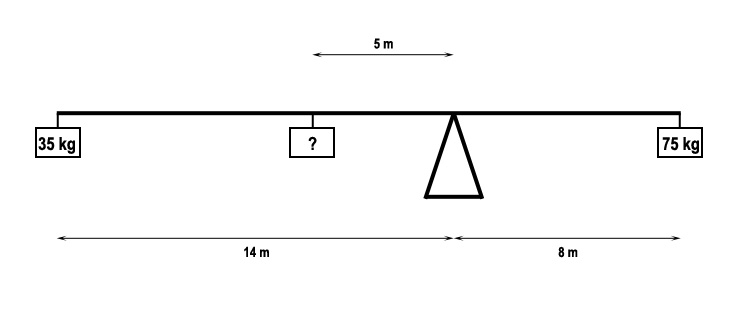 1.
1. The retina allows for colour perception as a result of the ?
Question 107-12 : Cones located in its central part rods located in its central part crystalline lens rods located in its peripheral zone
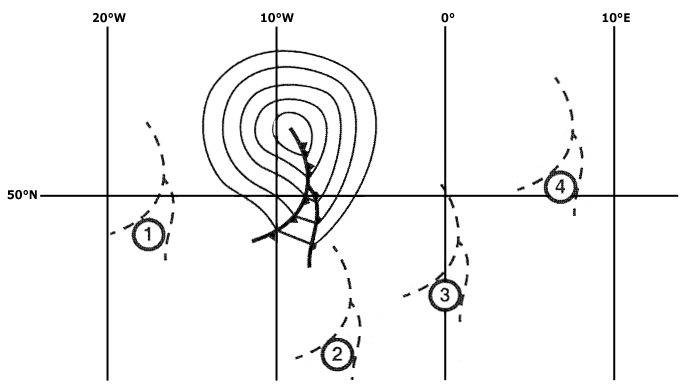 Cones located in its central part.
Cones located in its central part. Accommodation which enables a clear image to be obtained is accomplished by ?
Question 107-13 : The crystalline lens the rods the cones the retina
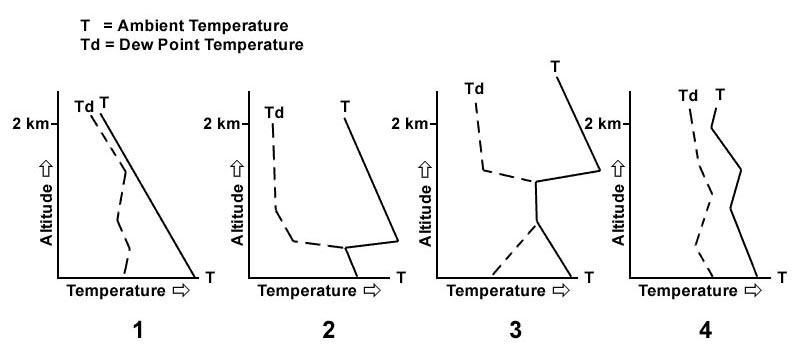 The crystalline lens.
The crystalline lens. In civil air transport linear accelerations gx .1 do not exist.2 have slight ?
Question 107-14 : 2 4 1 3 4 3
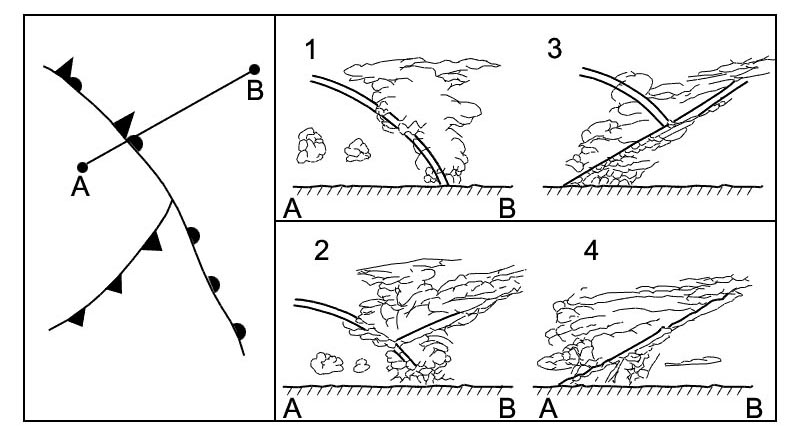 2, 4.
2, 4. Which of the following mechanisms regulate body temperature when exposed to ?
Question 107-15 : 3 4 1 3 4 2 3 1
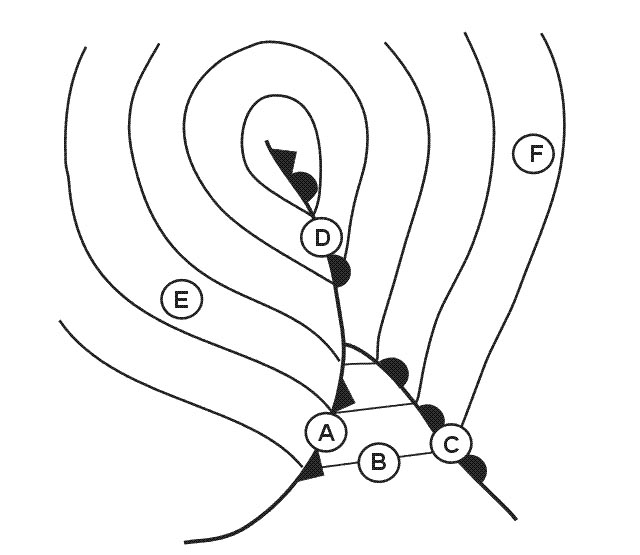 3, 4.
3, 4. The following can be observed when the internal body temperature falls below ?
Question 107-16 : Shivering will tend to cease and be followed by the onset of apathy the appearance of intense shivering mental disorders and even coma profuse sweating
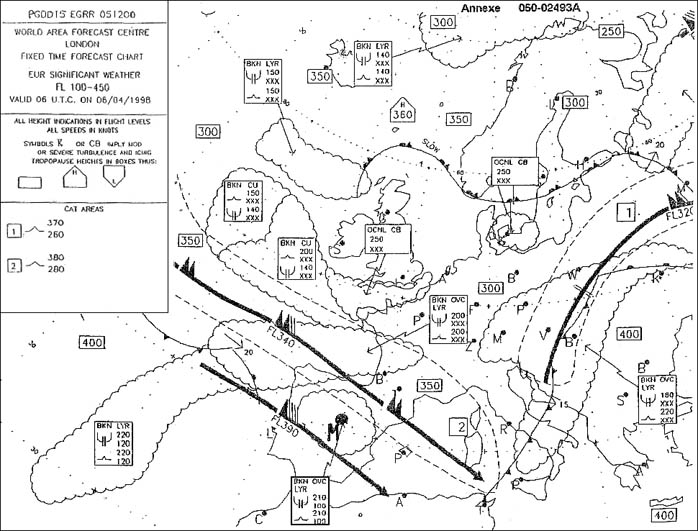 Shivering, will tend to cease, and be followed by the onset of apathy.
Shivering, will tend to cease, and be followed by the onset of apathy. We can observe the following in relation to a state of hypothermia ?
Question 107-17 : Reasoning problems as soon as body temperature falls below 37°c a substantial increase in internal body temperature whereas peripheral temperature at the skin is stable widespread pain in the joints greater capacity for adaptation than in a hot atmosphere
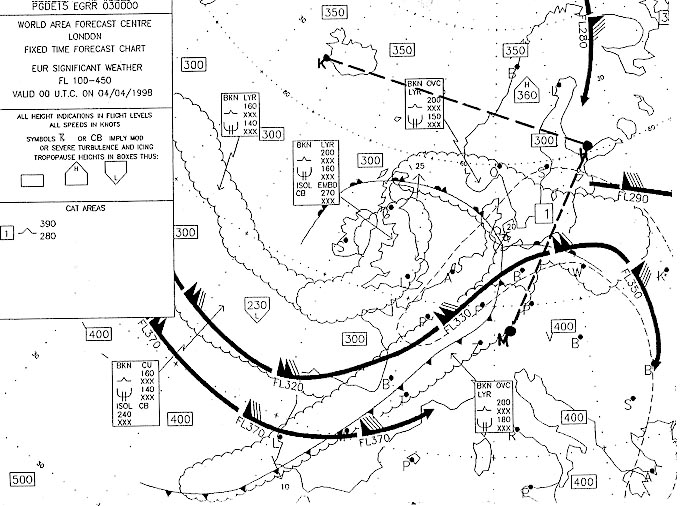 Reasoning problems as soon as body temperature falls below 37°c.
Reasoning problems as soon as body temperature falls below 37°c. With regard to decompression sickness associated with flight we know that ?
Question 107-18 : Age obesity and scuba diving are risk factors scuba diving does not pose any problem for a subsequent flight gender is the prime risk factor with two out of every three women being sensitive to it physical activity after decompression reduces the risks of decompression sickness symptoms
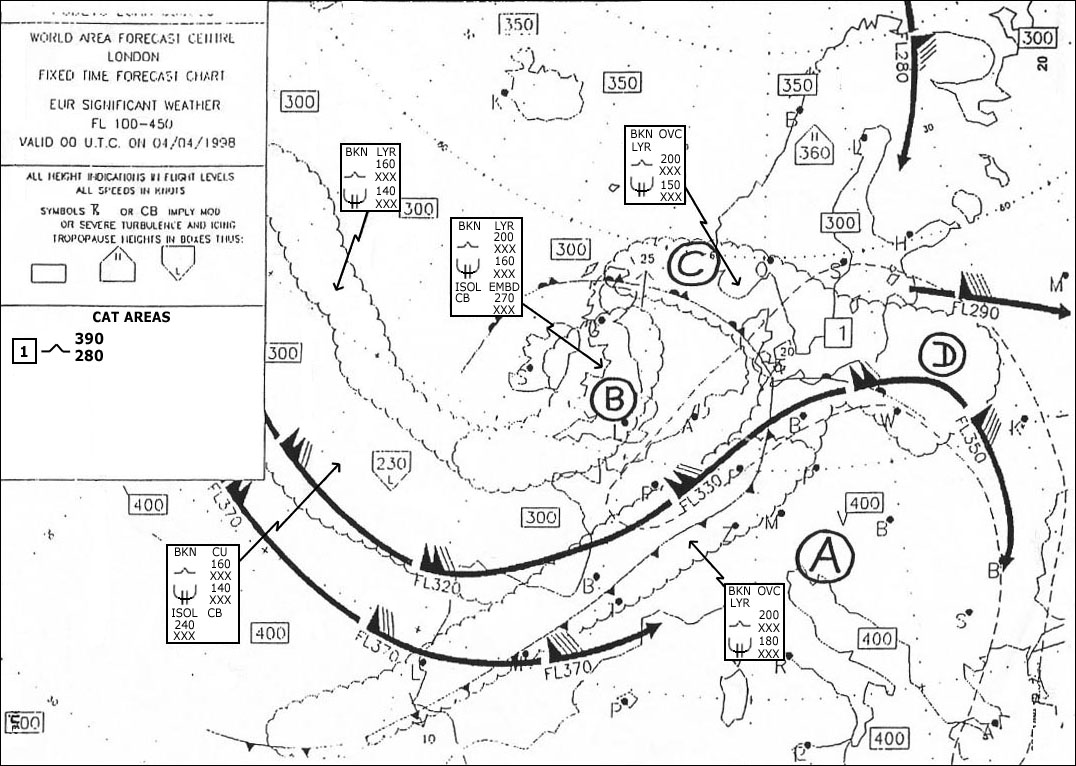 Age, obesity and scuba diving are risk factors.
Age, obesity and scuba diving are risk factors. The procedure to be followed in the event of decompression when flying above ?
Question 107-19 : Allow for the rapid supply of oxygen in order to prevent hypoxia allow for a rapid descent independent from sufficient supply of oxygen in order to prevent disorders due to hypoxia make it possible to prevent hyperventilation owing to the inhalation of 100% oxygen make it possible to eliminate the risk of fogging due to the sudden pressure changes
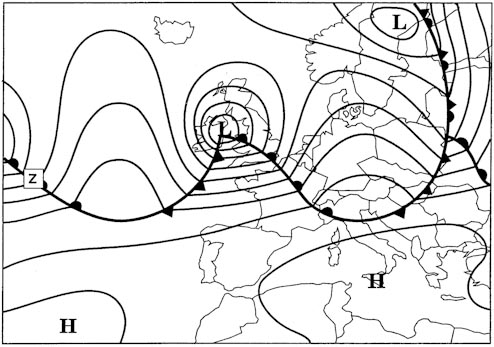 Allow for the rapid supply of oxygen in order to prevent hypoxia.
Allow for the rapid supply of oxygen in order to prevent hypoxia. What is the 'time of useful consciousness' for a rapid decompression at 25 000 ?
Question 107-20 : Between 3 and 5 minutes depending on the physical activities of the subjected pilot about 18 seconds between 25 seconds and 1 minute 30 seconds about 30 seconds
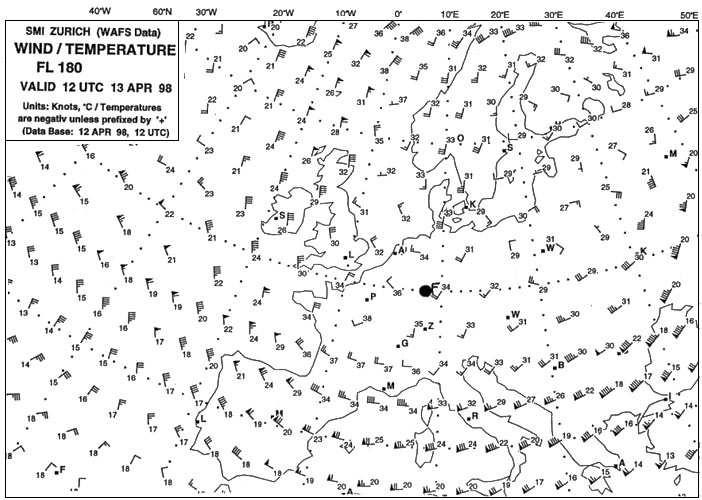 Between 3 and 5 minutes depending on the physical activities of the subjected pilot.
Between 3 and 5 minutes depending on the physical activities of the subjected pilot. The time of useful consciousness may vary according to .1 physical activity of ?
Question 107-21 : 1 3 1 2 3 4 4
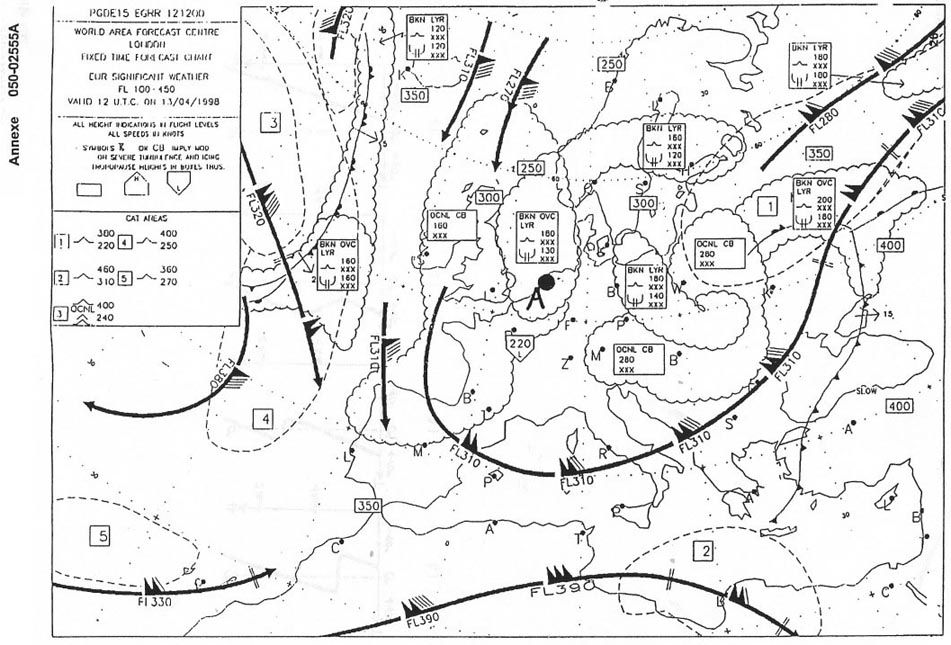 1, 3.
1, 3. What is the main problem caused by positive +gz accelerations ?
Question 107-22 : A pooling of blood in the lower portions of the body and hence less blood available an improvement of peripheral vision an increase in blood pressure in the upper part of the body above heart level hyper oxygenation of the blood which may lead to sensory disorders
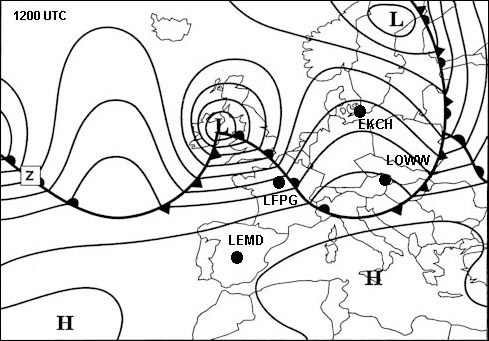 A pooling of blood in the lower portions of the body, and hence less blood available.
A pooling of blood in the lower portions of the body, and hence less blood available. Which of the following statements are correct .1 hypothermia affects physical ?
Question 107-23 : 1 3 4 1 2 3 2 4 2 3 4
 1, 3, 4.
1, 3, 4. Rods scotopic visual cells allow for ?
Question 107-24 : Good night vision after adaptation to darkness 30 min good virtually instantaneous night vision scotopic vision precise vision of contours and colours red vision both during the day and at night
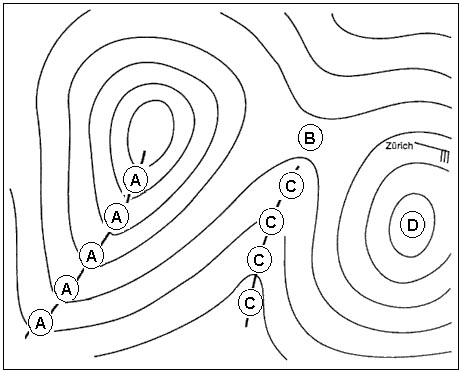 Good night-vision after adaptation to darkness (30 min).
Good night-vision after adaptation to darkness (30 min). Of the following alternatives which effects are due to positive acceleration + ?
Question 107-25 : 2 3 4 1 3 4 1 2 3 1
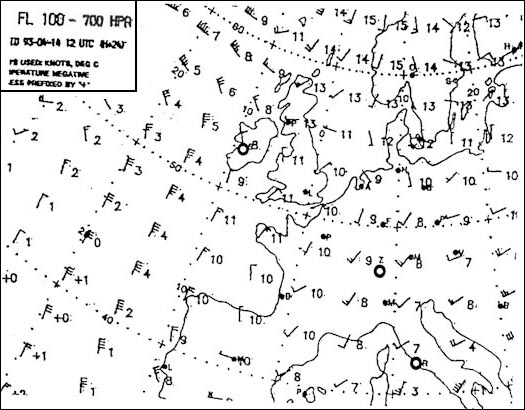 2, 3, 4.
2, 3, 4. To optimise one's night vision performance it is necessary . 1 to spend some ?
Question 107-26 : 1 3 4 2 2 3 4 1 2 4
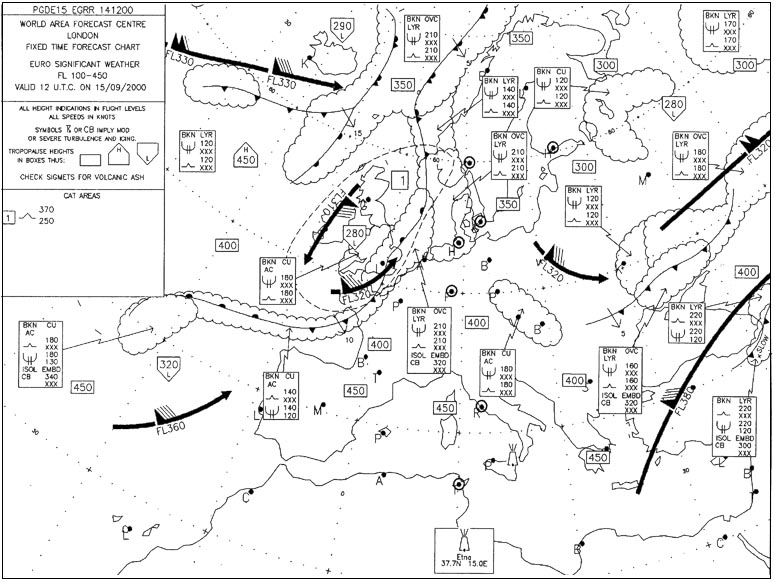 1, 3, 4.
1, 3, 4. Visual perception of depth at close to medium distance is primarily due to ?
Question 107-27 : Binocular vision interactions between cones and rods peripheral vision the high sensitivity of the retina
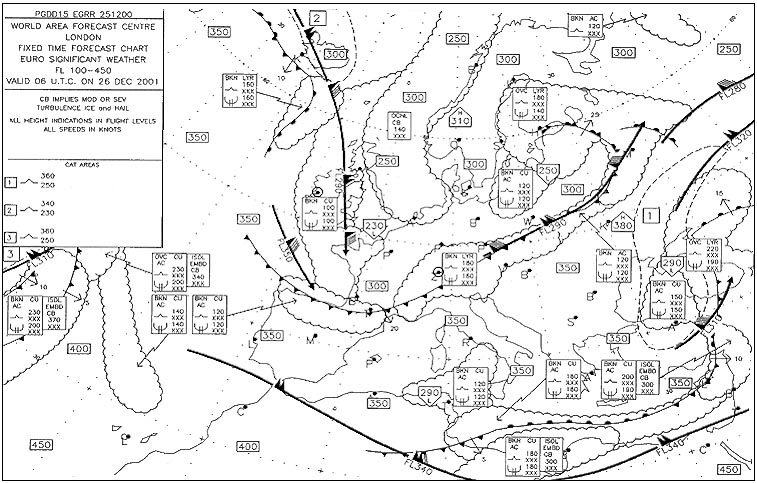 Binocular vision.
Binocular vision. What could be symptoms of hypoxia when flying without oxygen above 12000 ft ?
Question 107-28 : Headache fatigue dizziness lack of coordination headache thirst somnolence collapse euphoria headache improvement in judgement loss of consciousness trembling increase in body temperature convulsions slowing of the rate of breathing
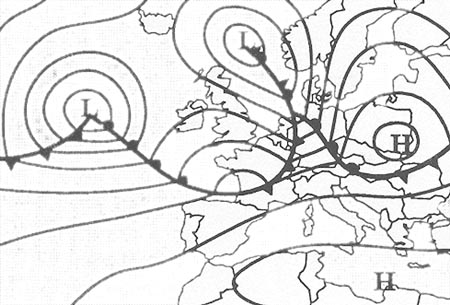 Headache, fatigue, dizziness, lack of coordination.
Headache, fatigue, dizziness, lack of coordination. Autokinetic illusion is ?
Question 107-29 : An illusion in which a stationary point of light if stared at for several seconds in the dark may without a frame of reference appear to move the sensation during a radial acceleration of seeing a fixed reference point moving into the opposite direction of the acceleration a conflict between the visual system and bodily sensations poor interpretation of the surrounding world
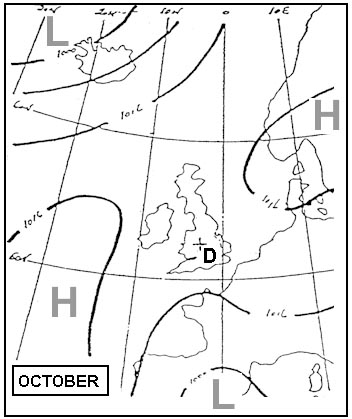 An illusion in which a stationary point of light, if stared at for several seconds in the dark, may (without a frame of reference) appear to move.
An illusion in which a stationary point of light, if stared at for several seconds in the dark, may (without a frame of reference) appear to move. Which of the following statements are correct .1 scuba diving may be practiced ?
Question 107-30 : 2 and 3 are correct 1 2 and 3 are correct 2 3 and 4 are correct 1 3 and 4 are correct
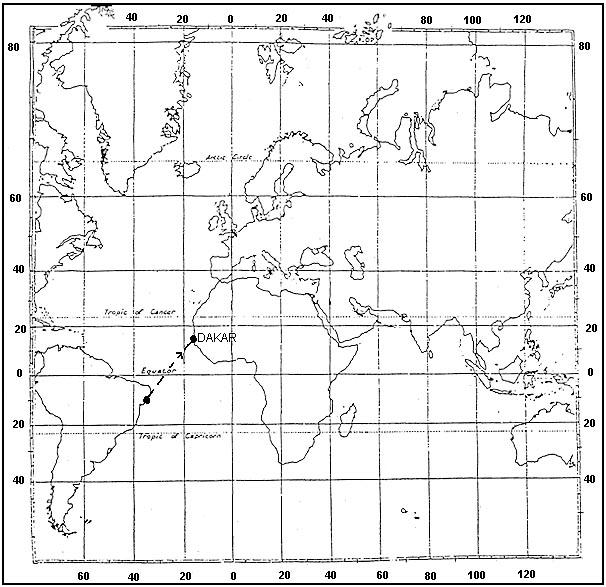 2 and 3 are correct.
2 and 3 are correct. The atmospheric pressure at 18000 feet altitude is half the atmospheric ?
Question 107-31 : The partial oxygen pressure at that altitude will also drop to 1/2 of the pressure of oxygen at sea level the oxygen saturation of the blood at that altitude will drop by 50% too the oxygen percentage of the air at that altitude will drop by one half also the partial oxygen pressure at that altitude will be doubled
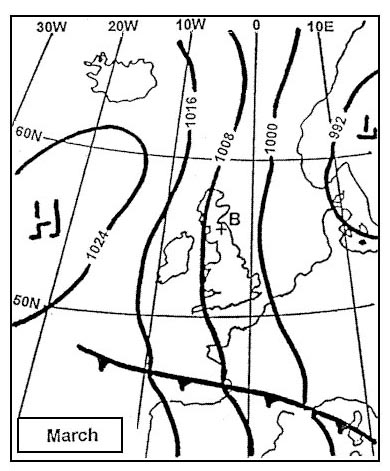 The partial oxygen pressure at that altitude will also drop to 1/2 of the pressure of oxygen at sea level.
The partial oxygen pressure at that altitude will also drop to 1/2 of the pressure of oxygen at sea level. You climb from 0 to 50000 feet and measure the decrease of the pressure per ?
Question 107-32 : 0 and 5000 feet 5000 and 10000 feet 10000 and 15000 feet 45000 and 50000 feet
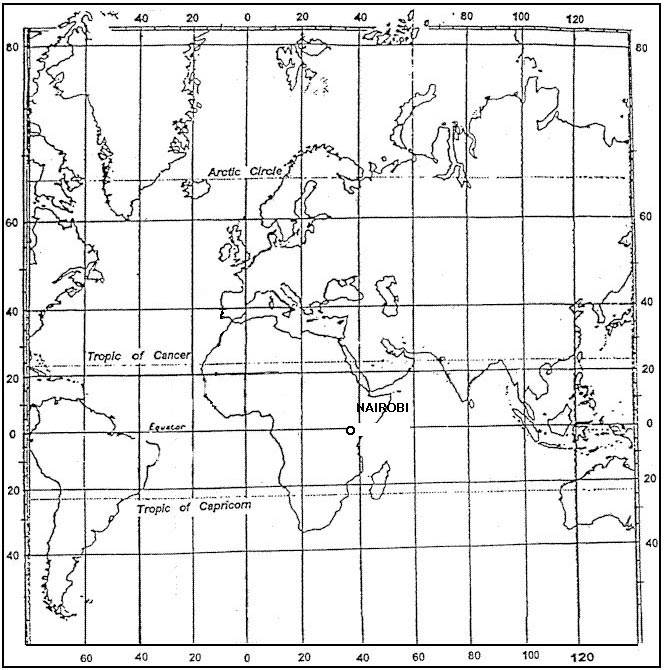 0 and 5000 feet.
0 and 5000 feet. The volume percentage of oxygen in the atmosphere at 30 000 feet remains at 21% ?
Question 107-33 : Decreases with decreasing barometric pressure remains constant independent from altitude increases by expansion decreases significantly with lower temperatures
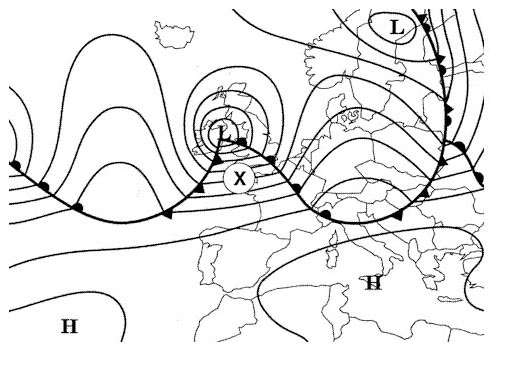 Decreases with decreasing barometric pressure.
Decreases with decreasing barometric pressure. Air at an altitude of 18000 feet contains approximately ?
Question 107-34 : 21% oxygen 5% oxygen 15% oxygen 10% oxygen
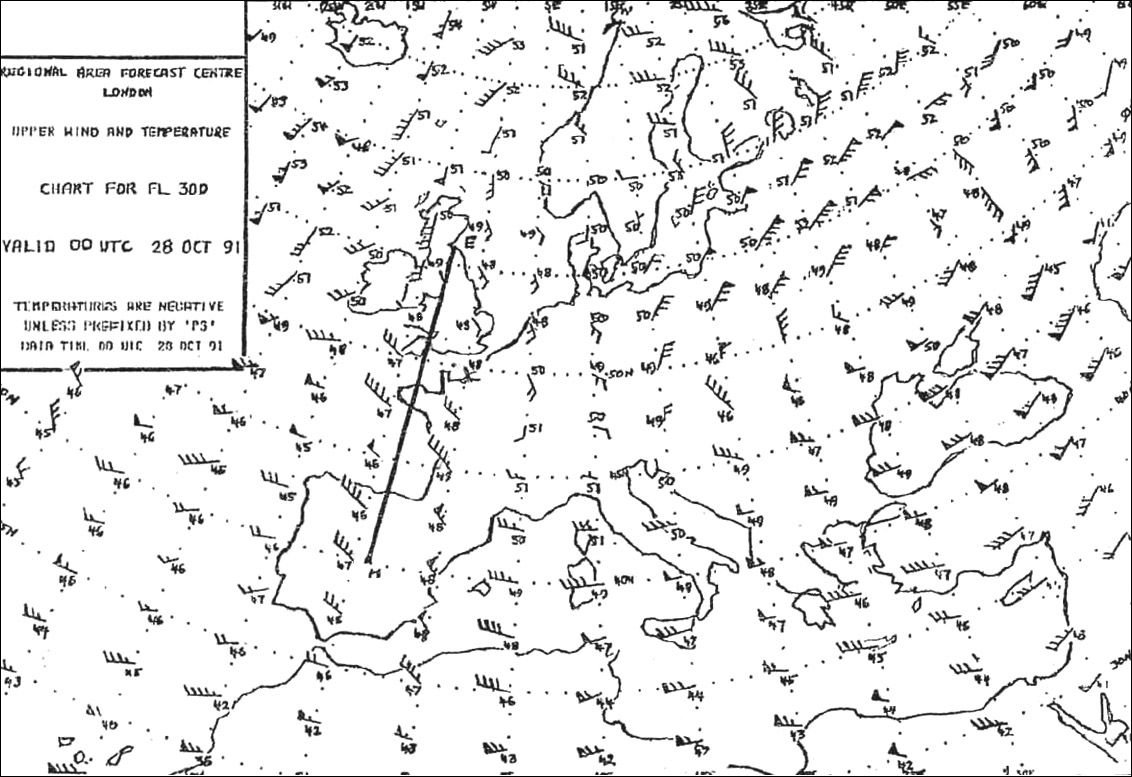 21% oxygen.
21% oxygen. Dry air is a mixture of gases their volume percentage is about ?
Question 107-35 : 21% oxygen 78% nitrogen 1% other gases 18% oxygen 80% nitrogen 2% other gases 19% oxygen 80% nitrogen 1% other gases 25% oxygen 74% nitrogen 1% other gases
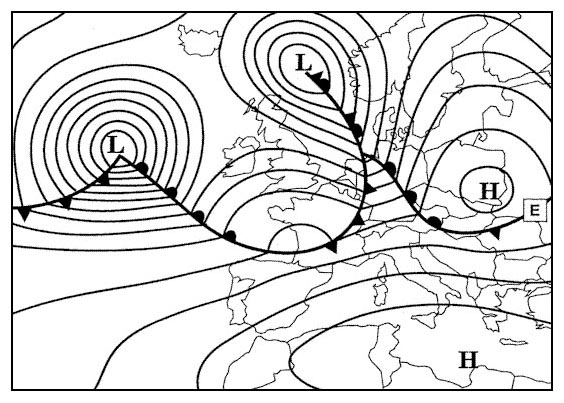 21% oxygen,78% nitrogen, 1% other gases.
21% oxygen,78% nitrogen, 1% other gases. Boyle's law is directly applicable in case of ?
Question 107-36 : The expansion of trapped gasses in the human body with increasing altitude the occurrence of decompression sickness at high altitude the occurrence of hypoxia with increasing altitude hyperventilation with increasing altitude
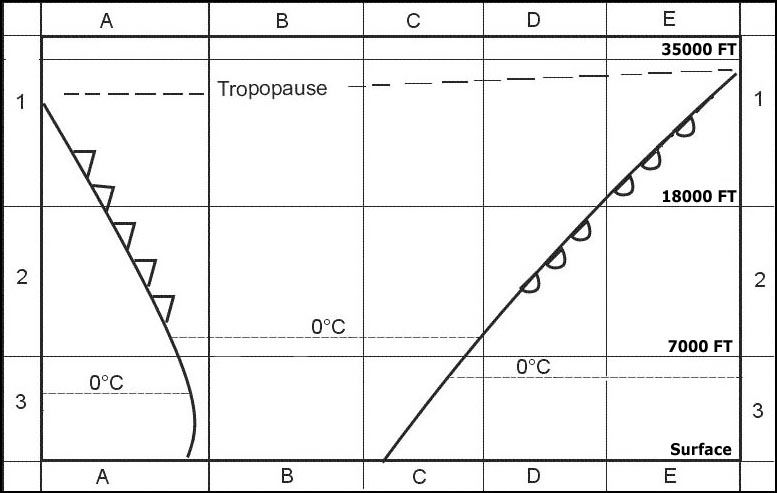 The expansion of trapped gasses in the human body with increasing altitude.
The expansion of trapped gasses in the human body with increasing altitude. Dalton's law explains the occurrence of ?
Question 107-37 : Altitude hypoxia bends decompression sickness creeps
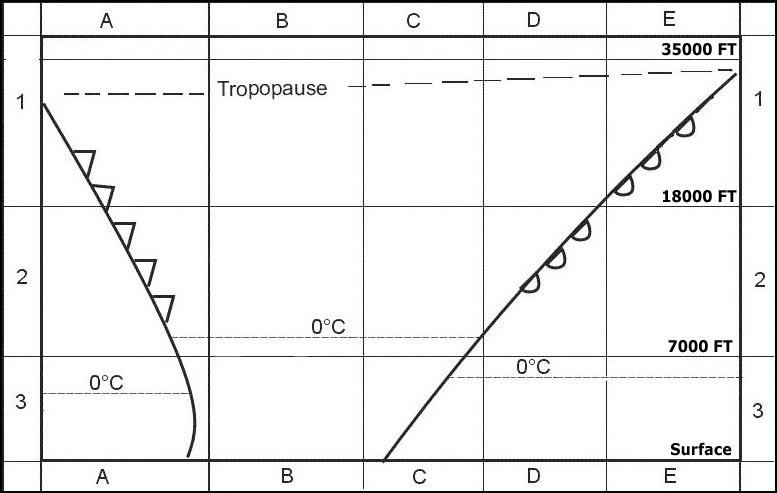 Altitude hypoxia.
Altitude hypoxia. Henry's law explains the occurrence of ?
Question 107-38 : Decompression sickness diffusion hyperventilation hypoxia
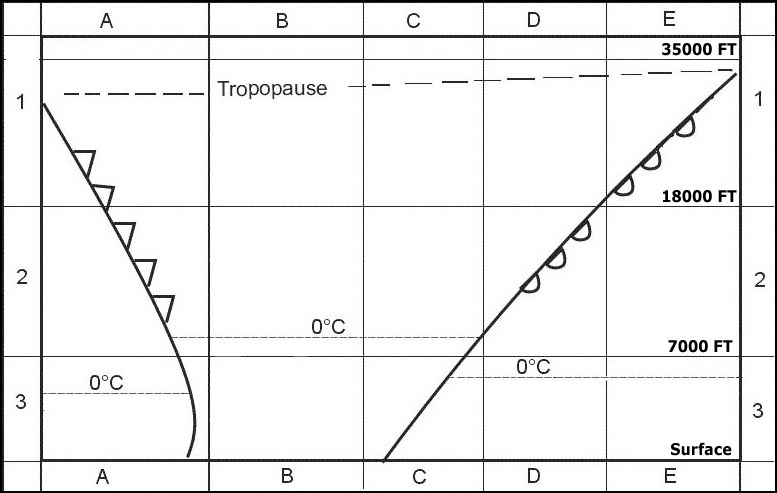 Decompression sickness.
Decompression sickness. Our body takes its energy from .1 minerals.2 protein.3 carbonhydrates.4 vitamins ?
Question 107-39 : 2 3 1 2 3 4 1 4 1 3
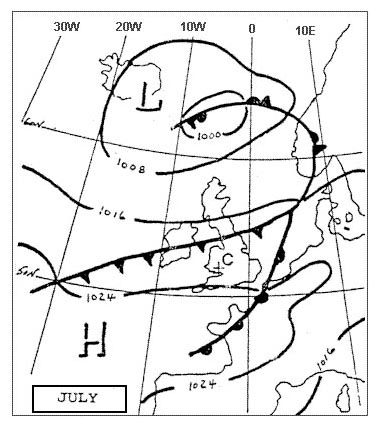 2, 3.
2, 3. What is meant by metabolism ?
Question 107-40 : The generation and utilisation of energy by the body's cells and tissues information exchange transfer of chemical messages exchange of substances between the lung and the blood
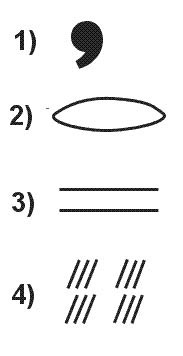 The generation and utilisation of energy by the body's cells and tissues.
The generation and utilisation of energy by the body's cells and tissues. ~
Exclusive rights reserved. Reproduction prohibited under penalty of prosecution.
4239 Free Training Exam
